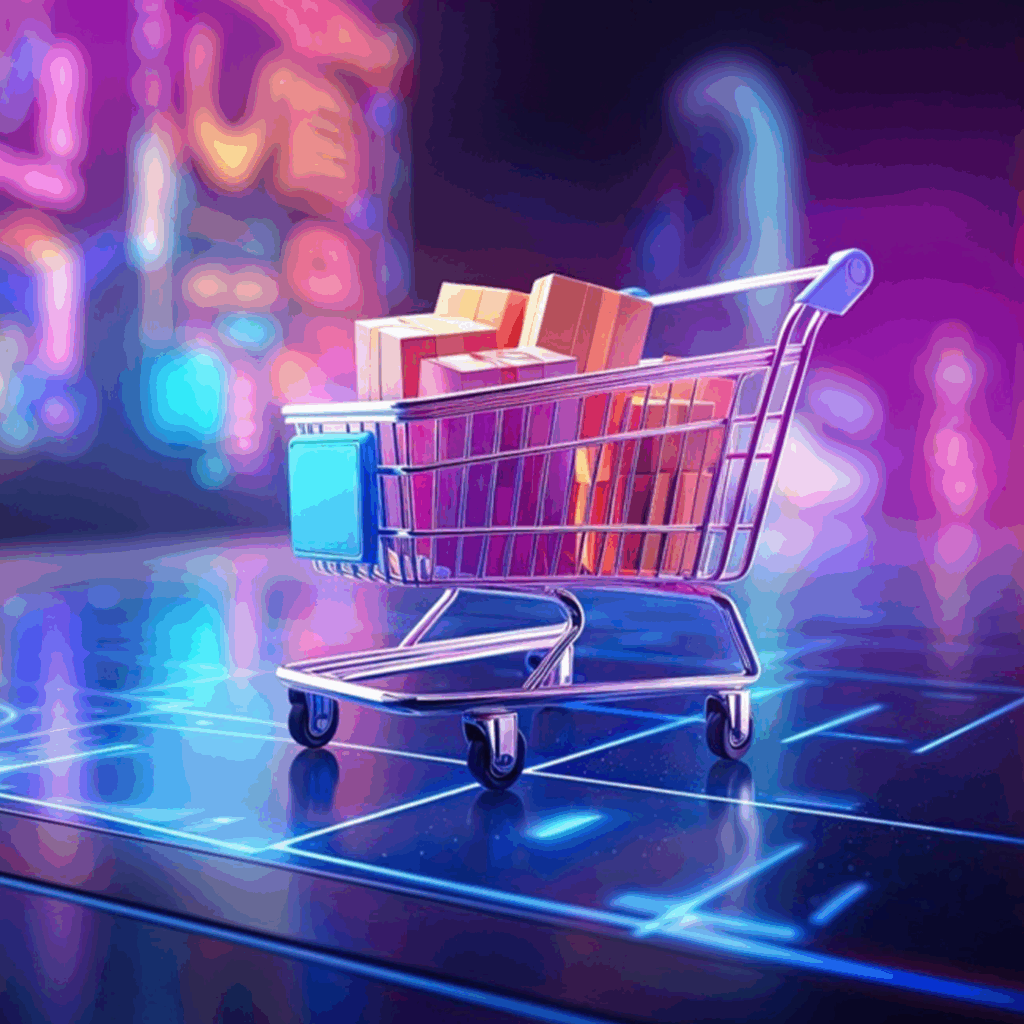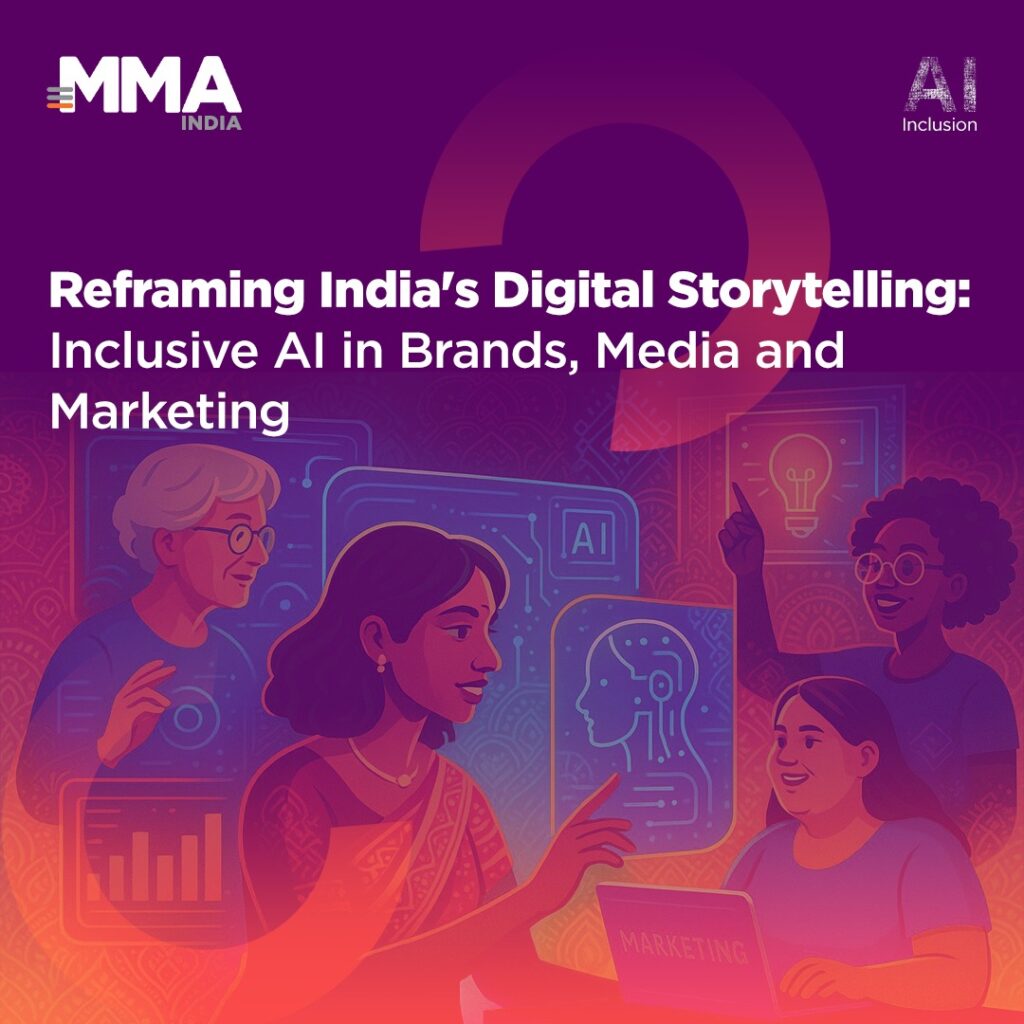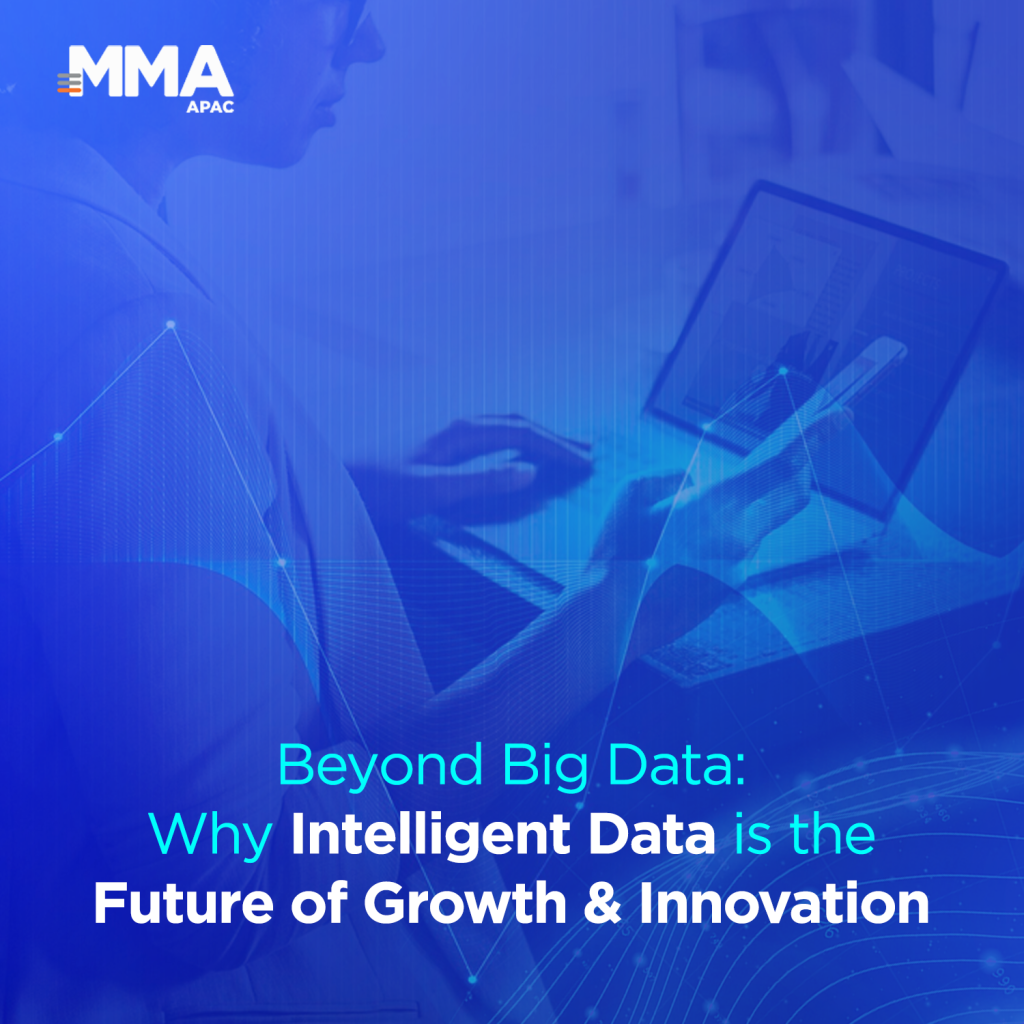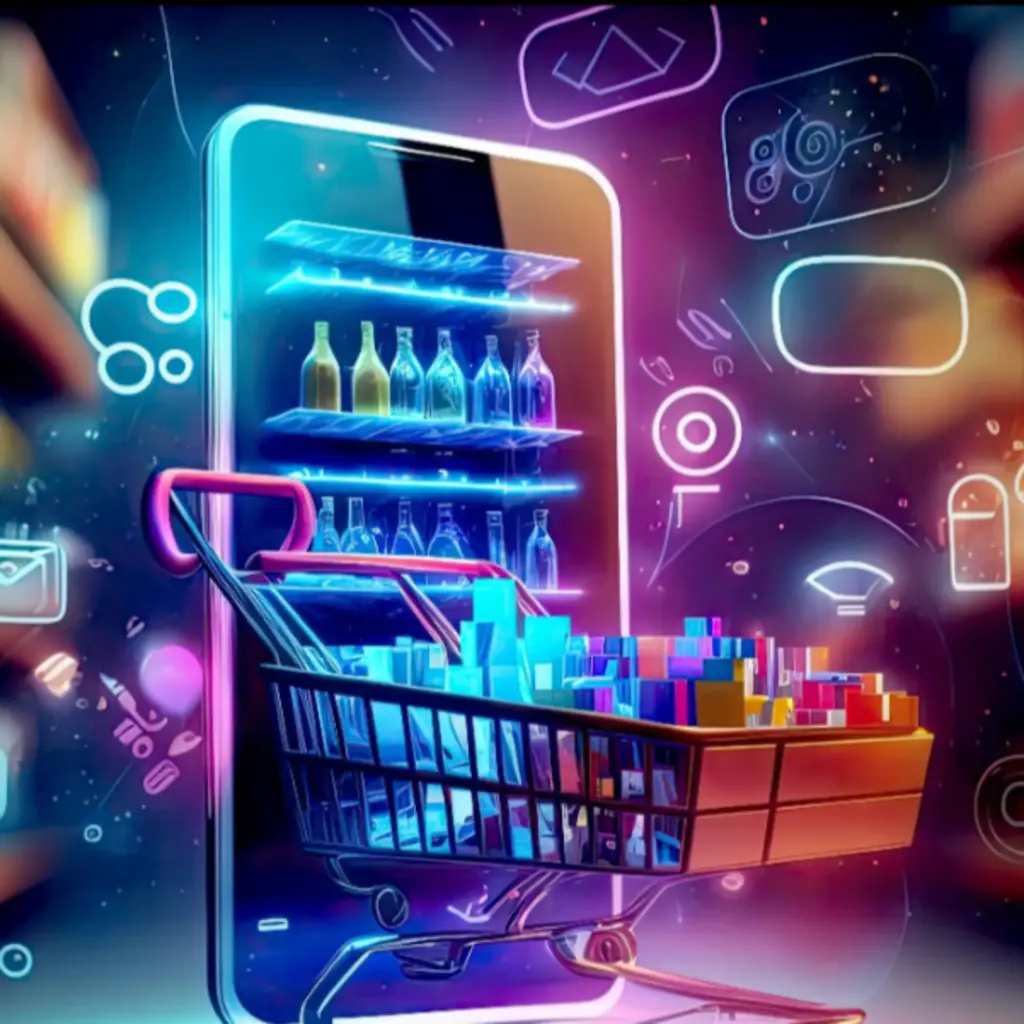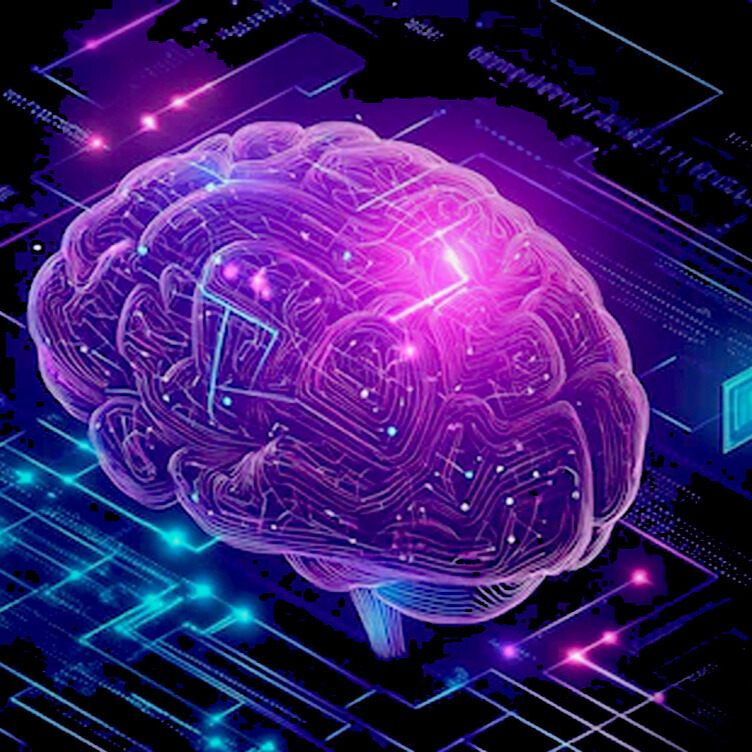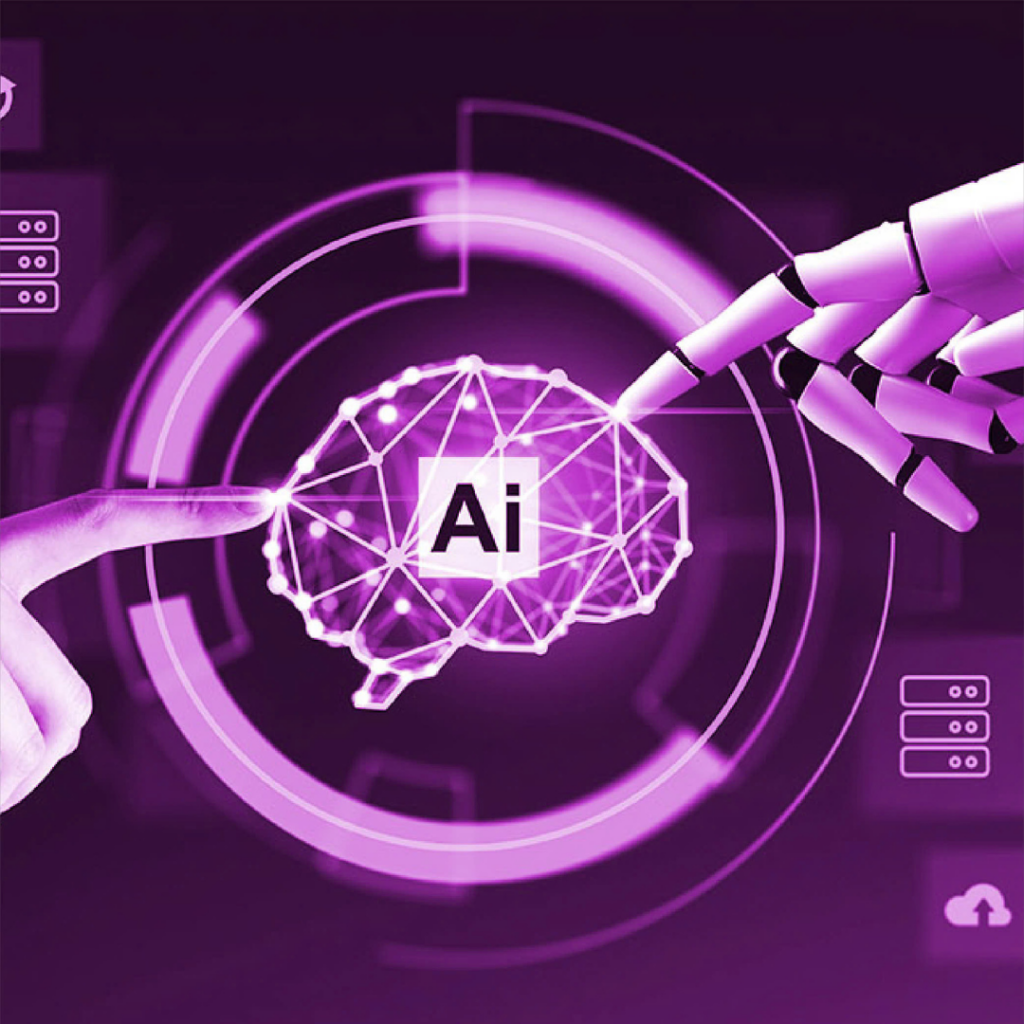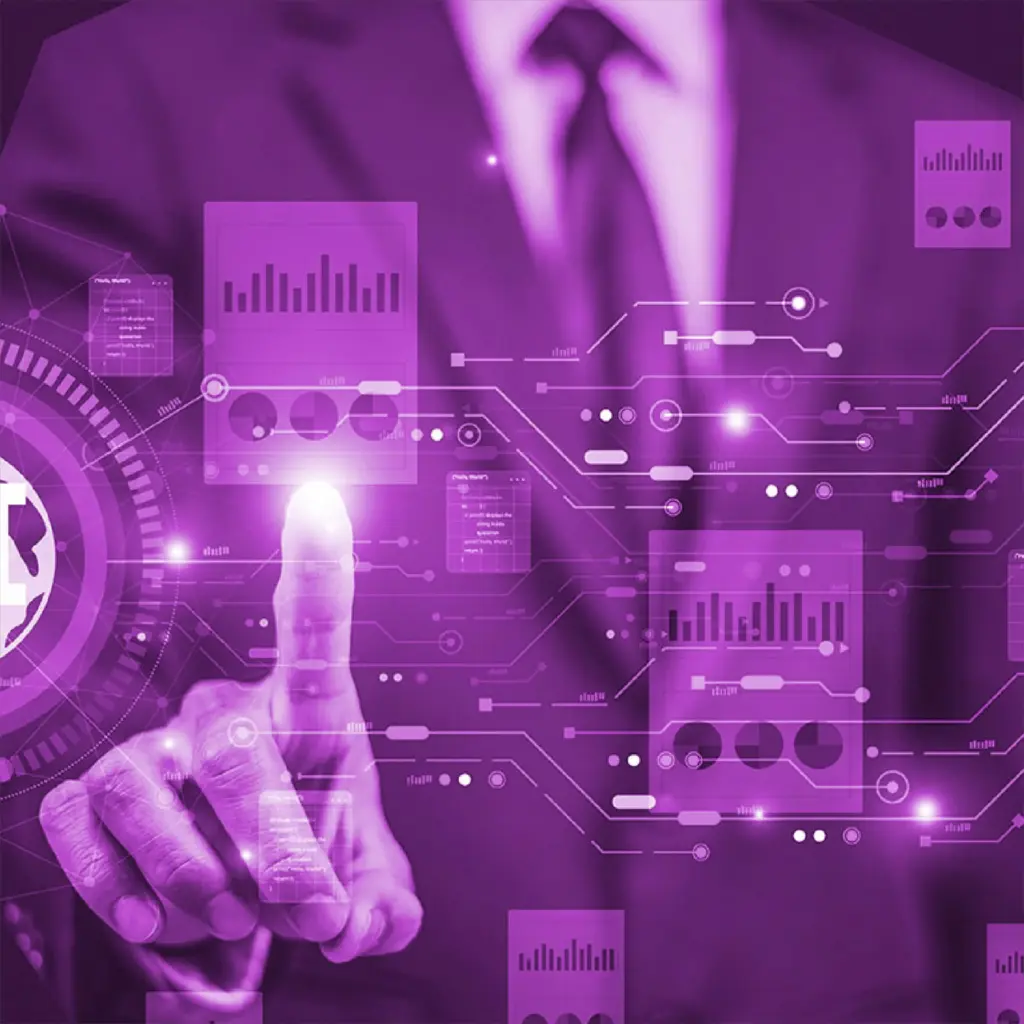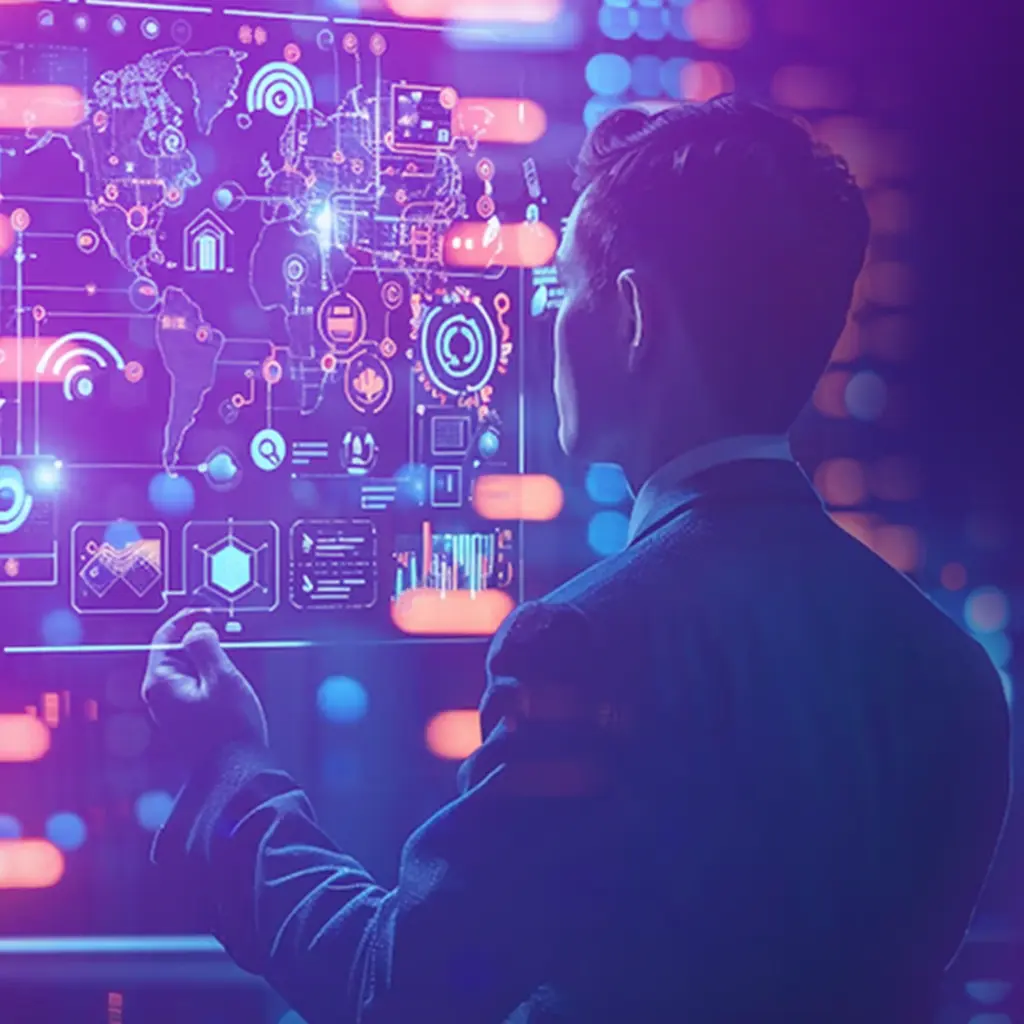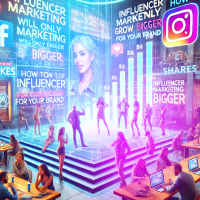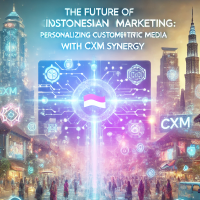In the dynamic world of retail, the integration of artificial intelligence (AI) into retail media is no longer a novelty—it’s a necessity. AI is reshaping how brands connect with consumers, blending personalization with efficiency to redefine shopping experiences. As we approach 2025, retail media stands at the cusp of a revolution powered by AI-driven trends that promise to enhance engagement, optimize campaigns, and drive unparalleled business growth.
Here’s a deep dive into the key AI-driven retail media trends poised to shape the future of shopping in 2025.
1. Hyper-Personalized Consumer Experiences
AI has brought personalization to an entirely new level. Retailers are using AI-powered tools to analyze vast datasets, enabling them to predict consumer behavior and offer tailored experiences. This level of personalization extends beyond product recommendations—it encompasses dynamic pricing, contextual ads, and even in-store experiences.
Retail giant Target is leveraging AI to create hyper-personalized in-store experiences through its Store Companion app. By analyzing user preferences, the app offers tailored deals and product suggestions, creating a seamless bridge between digital and physical shopping environments. In 2025, expect AI-driven personalization to go beyond individual consumers, addressing micro-segments for even greater precision.
2. The Rise of Programmatic Retail Media
Programmatic advertising is already transforming retail media, and AI is amplifying its impact. By using machine learning algorithms, retailers can automate and optimize ad placements in real-time, ensuring maximum ROI. AI will drive programmatic retail media towards contextual intelligence, where ads adapt to not just consumer preferences but also situational factors like location, weather, and time of day. This trend will enable retailers to make every ad impression count, minimizing waste and maximizing relevance.
Alfamart in Indonesia successfully implemented AI-powered DOOH (Digital Out-of-Home) advertising, delivering dynamic promotions to urban consumers based on demographic and behavioral data. The result? A 105% increase in transactions. Expect more retailers to adopt similar AI-driven strategies to enhance campaign effectiveness.
3. Enhanced Visual Search and Discovery
Visual search is emerging as a game-changer in the way consumers discover products. AI-powered visual recognition tools allow shoppers to search for items using images rather than text, significantly reducing friction in the shopping journey.
E-commerce platforms like Amazon are investing heavily in AI-powered visual search features. By 2025, visual search will be expected to become a standard feature in retail apps, helping consumers find products instantly and driving conversions through simplified navigation.
4. Predictive Analytics for Inventory Management
AI’s ability to predict consumer demand is revolutionizing inventory management, ensuring that the right products are always available at the right time. This trend is particularly critical as retailers face supply chain challenges and fluctuating consumer preferences.
Walmart has integrated AI-driven predictive analytics to manage inventory across its global network. By analyzing historical sales data, weather patterns, and consumer behavior, Walmart has reduced overstocking by 15% and out-of-stock instances by 30%.
AI-driven inventory management will expand into dynamic fulfillment, where retailers can shift inventory in real-time based on demand forecasts, further enhancing customer satisfaction.
5. Augmented Reality (AR) and Virtual Reality (VR) Shopping Experiences
The convergence of AI, AR, and VR is redefining retail media, offering immersive shopping experiences that go beyond traditional advertising. By 2025, AI-powered AR/VR tools will allow consumers to virtually try on products, explore stores, and even design custom items from the comfort of their homes.
Luxury fashion brand Gucci has embraced AI-driven AR to enable virtual try-ons for shoes and accessories. The result? A 94% higher conversion rate for products with AR-powered demos compared to those without. Expect AR/VR shopping experiences to extend into gamified retail, where brands engage younger audiences through interactive, AI-enhanced campaigns.
6. AI-Powered Sustainability Metrics
As consumers demand more sustainable practices, retailers are turning to AI to track and communicate their sustainability efforts. AI tools can analyze product lifecycles, optimize logistics, and highlight eco-friendly options to shoppers.
H&M uses AI to recommend sustainable clothing options, leveraging data from its Conscious collection. By 2025, AI-driven sustainability metrics will not only inform consumer choices but also shape brand loyalty.
7. Voice Commerce and Conversational AI
The rise of smart speakers and AI-driven chatbots is revolutionizing how consumers interact with brands. Voice commerce, powered by conversational AI, is making shopping more intuitive and accessible.
Retailers will increasingly integrate voice-enabled features into their platforms, allowing consumers to search, order, and reorder items through simple voice commands. Conversational AI will also power dynamic upselling and cross-selling strategies, creating a seamless shopping experience.
IKEA has implemented conversational AI to assist customers with furniture assembly instructions and personalized recommendations, enhancing post-purchase engagement.
8. Advanced Attribution Models
Measuring the ROI of retail media campaigns has always been a challenge. AI is now enabling advanced attribution models that track consumer journeys across multiple touchpoints, offering a holistic view of campaign performance.
By 2025, AI-driven attribution models will integrate data from in-store and online channels, helping retailers understand which strategies drive the most value. This transparency will enable more informed budgeting and resource allocation.
The future of shopping is undeniably AI-driven. As we approach 2025, retail media trends like hyper-personalization, programmatic advertising, predictive analytics, and AR/VR experiences are set to redefine how consumers interact with brands. Retailers that embrace these innovations will not only enhance customer engagement but also drive significant growth.
Are you ready for the AI-driven retail revolution? The time to innovate is now.



